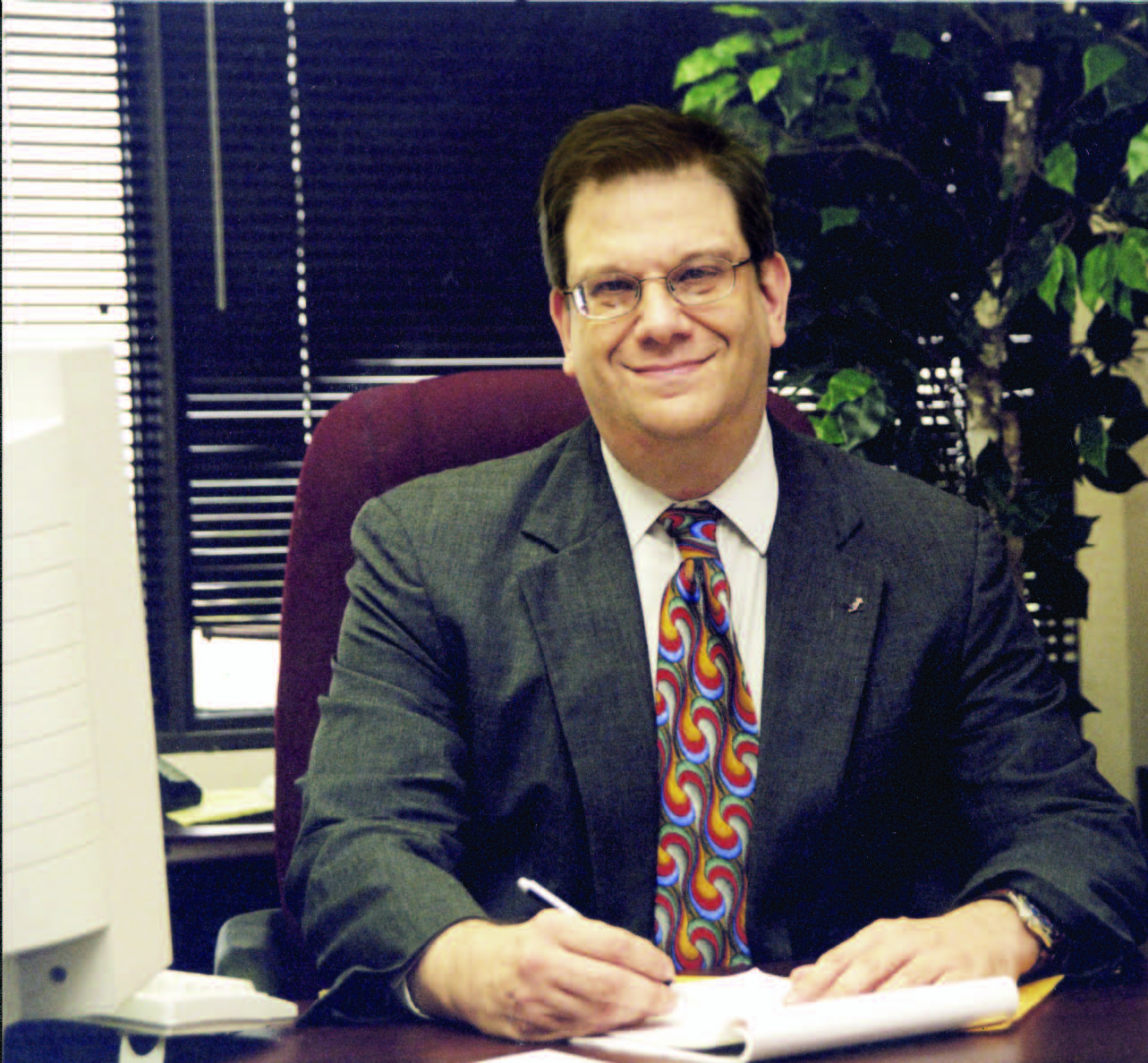May 2013, Vol. 240, No. 5
Editor's Notebook
Editor's Notebook: No Winners

API’s annual liquids pipeline conference last month in sunny San Diego was instead a scene of uneasiness for many of those in attendance.
Chided by federal regulators for a recent uptick in pipeline incidents, the conference really culminated with the terse announcement that there were no winners among large operators for API’s prestigious Pipeline Distinguished Safety and Environmental Performance Award.
Good for API, which has “raised the bar” to qualify for the award. None of them deserved to win. Ever since the April 2010 drawn-out Macondo disaster, the oil and gas pipeline industry has been under intense public scrutiny; the controversy generated by the proposed Keystone XL project has served to increase that coverage to unprecedented levels. It could not come at a less opportune time as President Obama prepares to decide the future of that contentious project.
Although I, like most observers, feel certain he will issue the presidential permit, the rash of incidents is leaving many supporters with a queasy feeling. If we can’t properly monitor and maintain the pipelines already in the ground, how can we be expected to ensure the safety of pipelines carrying the heavier tar sands oil, even though TransCanada has made every guarantee that is humanly and technically possible?
Let’s check some of the unsettling events to have befallen the oil products pipelines the past three years.
The granddaddy of onshore spills occurred July 26, 2010 when a 30-inch Enbridge pipeline ruptured near Marshall, MI, releasing an estimated 1 million gallons of oil which entered Talmadge Creek and flowed into the Kalamazoo River, a Lake Michigan tributary. The largest onshore spill in U.S. history was finally contained 80 river miles from Lake Michigan. On March 14, 2013, the federal EPA ordered Enbridge to perform additional dredging after EPA reported that it was still finding oil in parts of the river. Published reports say the increased dredging requirements could push the cost of the clean-up effort to $1 billion.
Although the spill received some national attention, everyone’s attention was still riveted to the ongoing tragedy in the Gulf of Mexico involving BP’s runaway well.
This past March was especially nasty for crude pipelines. On March 25, a Salt Lake City to Spokane, WA line operated by Chevron Pipe Line Co. leaked an estimated 25,200 to 27,300 gallons of fuel near Willard Bay State Park in northern Utah. PHMSA filed a corrective action against the company with an order to operate the pipeline at a maximum 80% of normal pressure once it reopens and requiring submission of a plan to ensure a similar leak doesn’t re-occur.
According to published reports, the spill could have been worse except for a dam built by a group of hardy beavers contained most of the diesel in a retention basin, keeping it from the bay. Nor is this the first problem Chevron has had in Utah as two spills in June and December 2010 near Red Butte Gardens in Salt Lake City leaked a combined 51,000 gallons of crude.
On March 29, it was ExxonMobil’s turn to lose its chance for the API award. A break in its 65-year-old Pegasus (Illinois to Texas) pipeline ruptured, sending some 500,000 gallons of tar sands crude and contaminated water seeping into residential neighborhoods in the town of Mayflower, AR, forcing several families from their homes amid a lengthy and difficult cleanup process.
Four days earlier, ExxonMobil was hit with $1.7 million in proposed fines from PHMSA for a July 2011 Silvertip pipeline failure that spilled about 42,000 gallons of oil into the Yellowstone River near Laurel, MT. PHMSA claimed Exxon Mobil “failed to properly address known seasonal flooding risks to the safety of its pipeline system.”
Also on March 29, Shell Pipeline shut down its 15-mile, 16-inch West Columbia, TX pipeline after an alarm indicated a spillage; 940 barrels of oil were found to have leaked. About 50 barrels of oil spilled into a waterway outside Houston that connects to the Gulf of Mexico.
The industry responses generally have been strong, and although pipelines statistically remain the safest means of transporting oil and gas, accidents do happen. That’s true in any form of energy development, production and transportation.
I interviewed Dave Lemmon when Colonial Pipeline hired him in to fix that company after a series of costly mishaps. I would not have wanted to try and explain to him why a spill wasn’t prevented. Maybe that’s the kind of leadership we need to see again, and a return to zero tolerance and operational excellence, if those words are to mean anything.





Comments